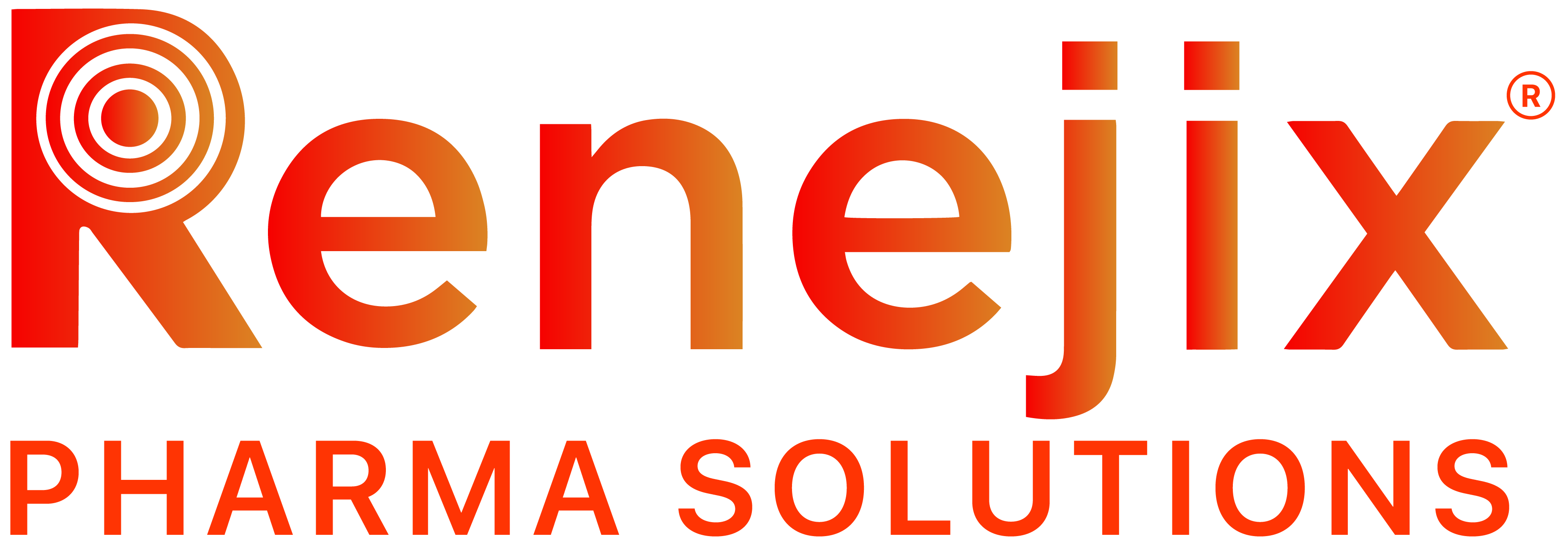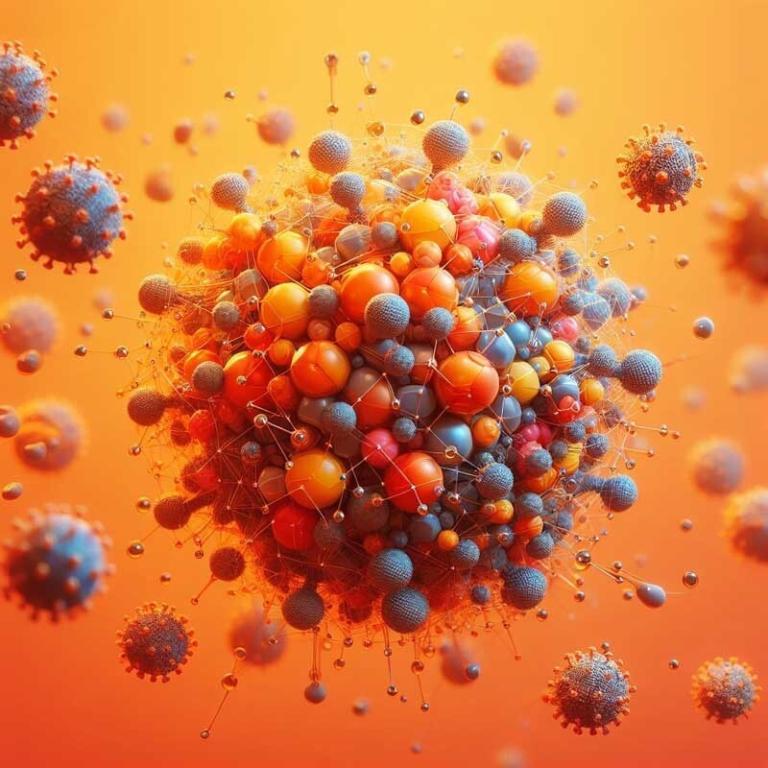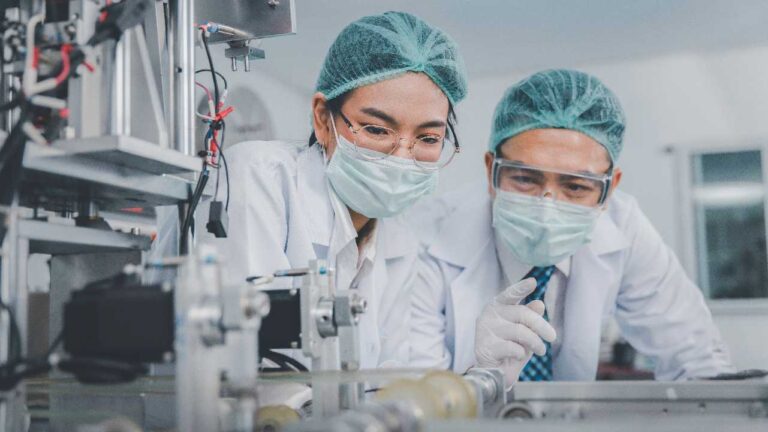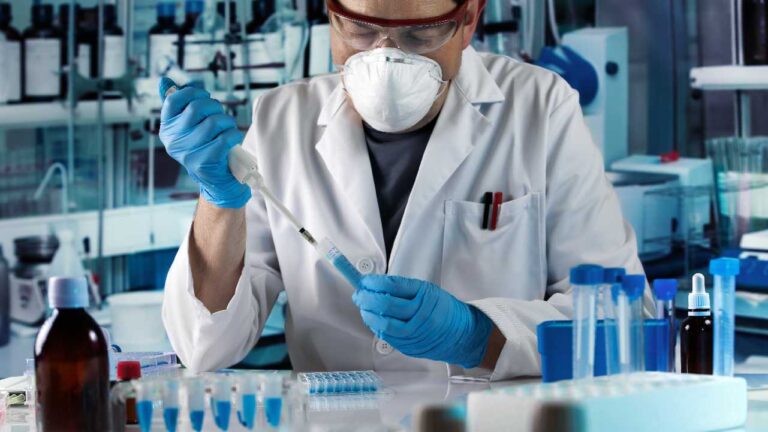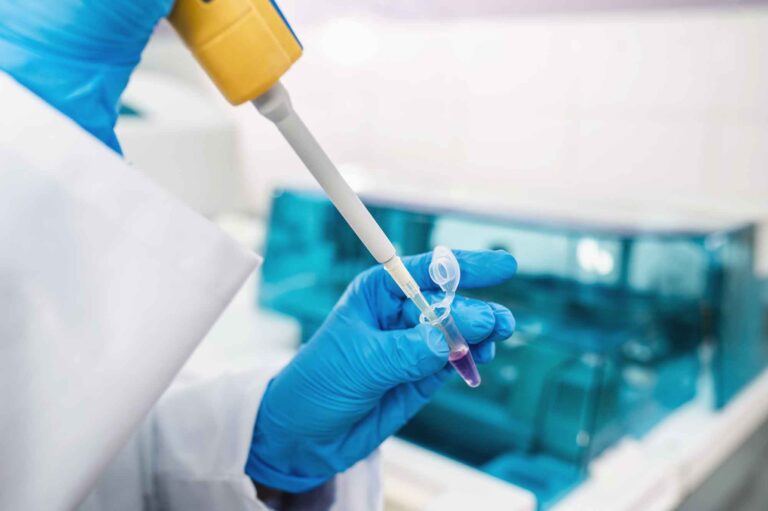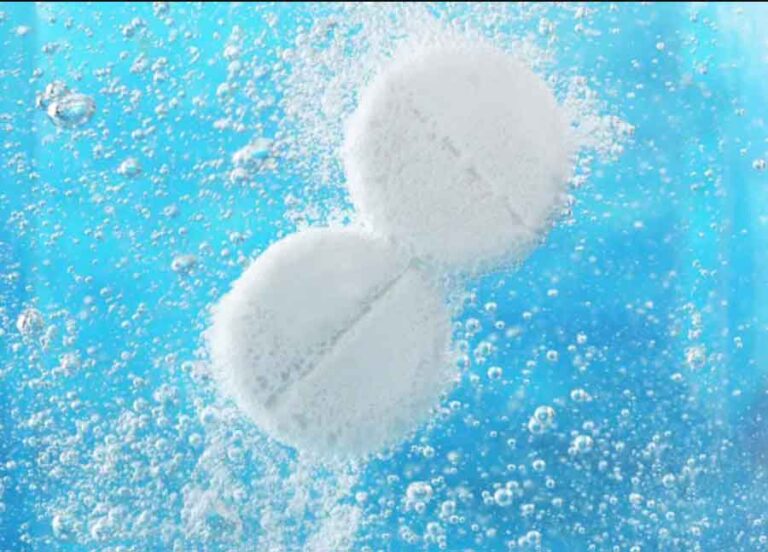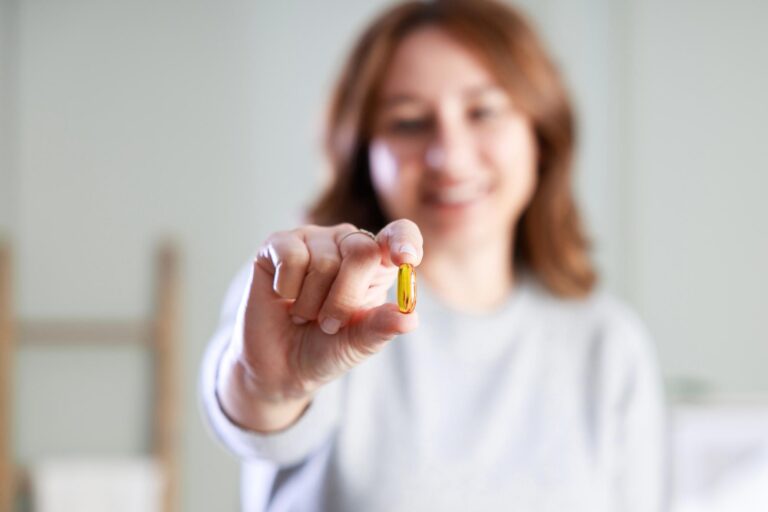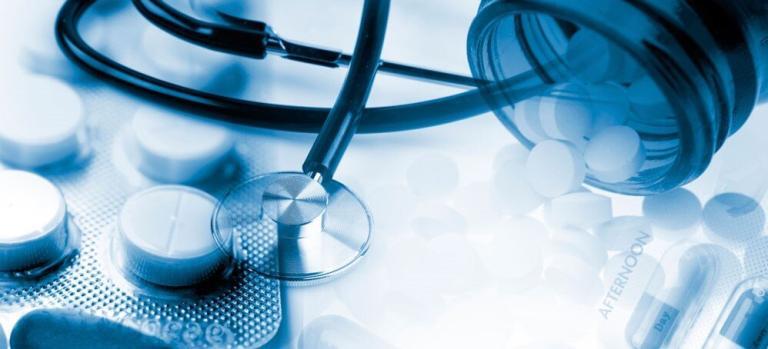Solid lipid nanoparticles enable controlled and site specific drug delivery. Solid Lipid Nanoparticles are colloidal carriers developed in the last decade as an alternative system to the existing traditional carriers (emulsions, liposomes and polymeric nanoparticles). They are a new generation of submicron-sized lipid emulsions where the liquid lipid (oil) has been substituted by a solid lipid. Solid Lipid Nanoparticle offer unique properties such as small size, large surface area, high drug loading and the interaction of phases at the interfaces.
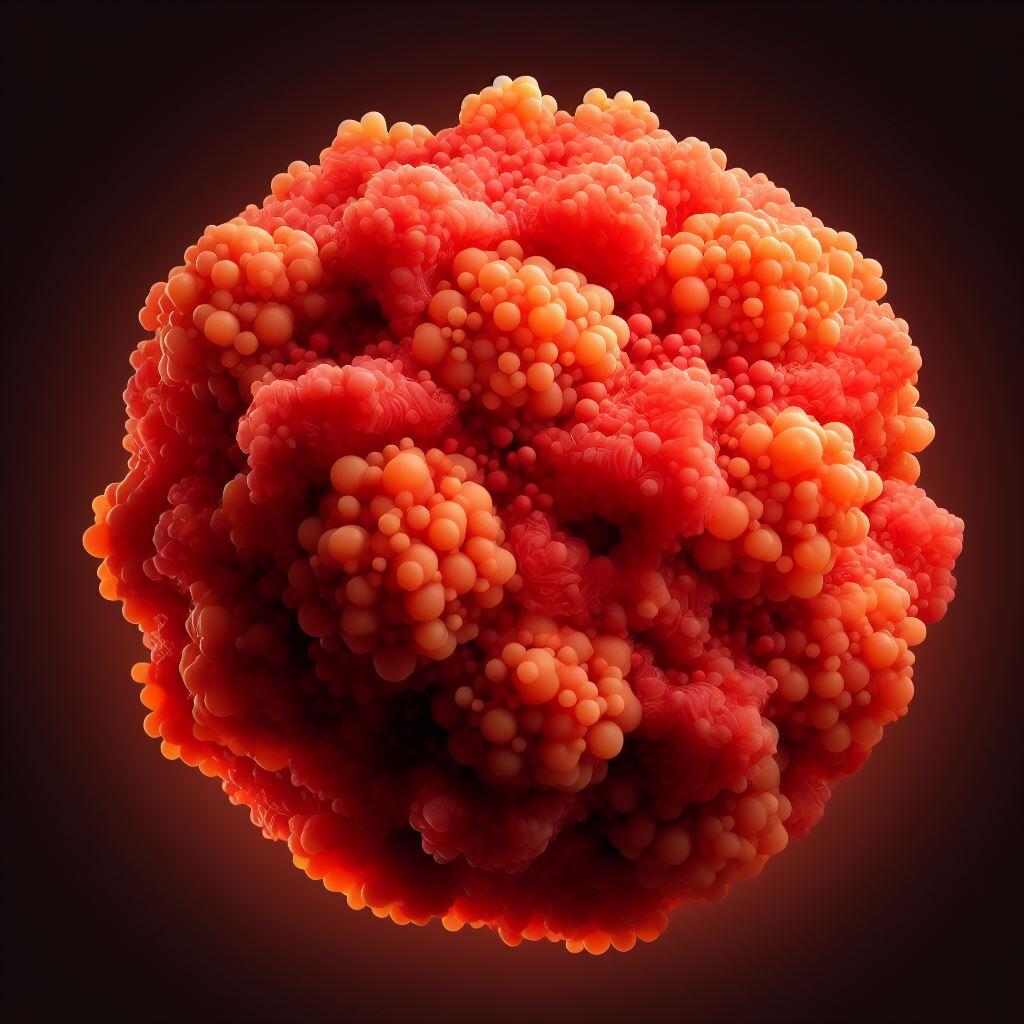
Manufacturing Process
The production of Solid Lipid Nanoparticles is a multi-step process that can be tailored to meet specific drug delivery requirements:
Solid Lipid Nanoparticle Manufacturing
- Lipid Selection and Preparation: Our process begins with selecting lipids based on melting point,stability at body temperature compatibility with the API, and desired release profile. We ensure the purity and consistency of our lipid base, setting the foundation for high-quality Solid Lipid Nanoparticles.
- Drug Encapsulation: We use advanced techniques to encapsulate the drug within the lipid matrix, achieving high precision and efficiency in drug loading.
- High-Precision Nano-Emulsification: Utilizing state-of-the-art high-shear mixers, we create a nano-emulsion with precise particle size distribution, critical for the success of the Solid Lipid Nanoparticles.
- Advanced Homogenization Techniques: Our high-pressure homogenization process is fine-tuned to achieve uniformity and stability, with the ability to scale up seamlessly from research quantities to full commercial production.
- Rapid Cooling and Solidification: The emulsion undergoes rapid cooling, a pivotal step where the lipid matrix solidifies, encapsulating the API in its designated structure.
- Ultrasonication Refinement: We use high-energy techniques like ultrasonication to refine the particle size distribution further, ensuring each Solid Lipid Nanoparticle meets our exacting specifications.
- Purification: We remove the free drug and surfactant, often through centrifugation or filtration.
Proprietary Methods
- Stability Matrix: We’ve developed a unique lipid matrix that not only protects the API but also provides a controlled release mechanism, customizable to the therapeutic needs of the drug.
- Analytical Excellence: Our analytical methods are at the forefront of the industry, ensuring that each Solid Lipid Nanoparticle batch meets rigorous standards for size, charge, drug loading, and release profile.
Advanced Pharmaceutical Applications Of Solid Lipid Nanoparticles
Solid Lipid Nanoparticles are at the forefront of nanotechnology-based drug delivery systems, offering unique benefits for pharmaceutical applications:
- Versatile Drug Carriers: Solid Lipid Nanoparticles can encapsulate a wide range of pharmaceutical compounds, including lipophilic and hydrophilic drugs, peptides, proteins, and nucleic acids.
- Overcoming Biological Barriers: Solid Lipid Nanoparticles can be engineered to cross biological barriers, such as the blood-brain barrier, enhancing the treatment of neurological disorders.
- Co-delivery of Drugs: Solid Lipid Nanoparticles allow for the co-delivery of multiple drugs, which can be advantageous in combination therapies, particularly in cancer treatment.
- Diagnostic and Therapeutic (Theranostic) Applications: Solid Lipid Nanoparticles can be designed for theranostic applications, combining diagnostic imaging and therapeutic delivery in a single platform.
Quality Assurance
Ensuring Quality and Consistency in Solid Lipid Nanoparticle Manufacturing
- Rigorous Raw Material Screening: We source only the highest quality lipids, rigorously testing them for purity and compatibility with Solid Lipid Nanoparticle formulations.
- Comprehensive SOPs: Our Standard Operating Procedures are the backbone of our manufacturing process, ensuring consistency and repeatability in every batch.
- Detailed Batch Records: We maintain extensive documentation for each production batch, providing full traceability and accountability.
- Precision Equipment Maintenance: Our state-of-the-art manufacturing equipment undergoes regular maintenance and calibration to ensure operational accuracy.
Inline Size Characterization
- Dynamic Light Scattering (DLS): We employ DLS technology to continuously monitor particle size distribution, ensuring that the Solid Lipid Nanoparticles remain within the desired size range.
- Laser Diffraction: This method provides additional inline size characterization, confirming the uniformity of the Solid Lipid Nanoparticles.
- Nanoparticle Tracking Analysis (NTA): NTA offers a detailed size distribution profile, tracking individual particles for comprehensive characterization.
Process Analytical Technology (PAT) Integration
- Continuous Monitoring: Our integrated PAT tools allow for the continuous monitoring of critical quality attributes throughout the manufacturing process.
- Automated Feedback Control: Automated systems adjust process parameters in real-time to maintain product quality within specified limits.
- Data-Driven Optimization: Advanced data analytics interpret PAT data, enabling informed decisions for process optimization and quality control.
The Role of Renejix Scientists
- Expert Formulation Development: Our scientists are experts in lipid chemistry and nanoparticle formulation, bringing decades of experience to the development of Solid Lipid Nanoparticles.
- Quality by Design (QbD): We implement a QbD approach, integrating quality into every step of the process, from design to final product.
- Regulatory Compliance: Our processes comply with global regulatory standards, ensuring that our Solid Lipid Nanoparticles are safe and effective for patient use.
Comparison With Other Nanotechnologies
When compared to other nanocarriers, Solid Lipid Nanoparticles offer distinct advantages and some limitations:
- Liposomes: Solid Lipid Nanoparticles provide better physical stability and protection against drug degradation. However, liposomes may offer more flexibility in terms of drug loading capacity and release kinetics.
- Polymeric Nanoparticles: Solid Lipid Nanoparticles are generally considered safer due to their biocompatible lipid nature. Polymeric nanoparticles might offer more controlled release profiles but raise concerns regarding biodegradability and potential toxicity.
- Metallic Nanoparticles: While metallic nanoparticles are useful for imaging and targeted therapy, they may pose higher toxicity risks compared to Solid Lipid Nanoparticles, which are made from naturally occurring lipids.
- Dendrimers: Dendrimers provide a high degree of control over size and shape but can be complex and expensive to produce. Solid Lipid Nanoparticles offer a simpler and more cost-effective alternative.
-
Manufacturing Proceess
-
Advanced Pharmaceutical Applications of Solid Lipid Nanoparticles
-
Quality Assurance
-
Comparison with Other Nanotechnologies
The production of Solid Lipid Nanoparticles is a multi-step process that can be tailored to meet specific drug delivery requirements:
Solid Lipid Nanoparticle Manufacturing
- Lipid Selection and Preparation: Our process begins with selecting lipids based on melting point,stability at body temperature compatibility with the API, and desired release profile. We ensure the purity and consistency of our lipid base, setting the foundation for high-quality Solid Lipid Nanoparticles.
- Drug Encapsulation: We use advanced techniques to encapsulate the drug within the lipid matrix, achieving high precision and efficiency in drug loading.
- High-Precision Nano-Emulsification: Utilizing state-of-the-art high-shear mixers, we create a nano-emulsion with precise particle size distribution, critical for the success of the Solid Lipid Nanoparticles.
- Advanced Homogenization Techniques: Our high-pressure homogenization process is fine-tuned to achieve uniformity and stability, with the ability to scale up seamlessly from research quantities to full commercial production.
- Rapid Cooling and Solidification: The emulsion undergoes rapid cooling, a pivotal step where the lipid matrix solidifies, encapsulating the API in its designated structure.
- Ultrasonication Refinement: We use high-energy techniques like ultrasonication to refine the particle size distribution further, ensuring each Solid Lipid Nanoparticle meets our exacting specifications.
- Purification: We remove the free drug and surfactant, often through centrifugation or filtration.
Proprietary Methods
- Stability Matrix: We’ve developed a unique lipid matrix that not only protects the API but also provides a controlled release mechanism, customizable to the therapeutic needs of the drug.
- Analytical Excellence: Our analytical methods are at the forefront of the industry, ensuring that each Solid Lipid Nanoparticle batch meets rigorous standards for size, charge, drug loading, and release profile.
Solid Lipid Nanoparticles are at the forefront of nanotechnology-based drug delivery systems, offering unique benefits for pharmaceutical applications:
- Versatile Drug Carriers: Solid Lipid Nanoparticles can encapsulate a wide range of pharmaceutical compounds, including lipophilic and hydrophilic drugs, peptides, proteins, and nucleic acids.
- Overcoming Biological Barriers: Solid Lipid Nanoparticles can be engineered to cross biological barriers, such as the blood-brain barrier, enhancing the treatment of neurological disorders.
- Co-delivery of Drugs: Solid Lipid Nanoparticles allow for the co-delivery of multiple drugs, which can be advantageous in combination therapies, particularly in cancer treatment.
- Diagnostic and Therapeutic (Theranostic) Applications: Solid Lipid Nanoparticles can be designed for theranostic applications, combining diagnostic imaging and therapeutic delivery in a single platform.
Ensuring Quality and Consistency in Solid Lipid Nanoparticle Manufacturing
- Rigorous Raw Material Screening: We source only the highest quality lipids, rigorously testing them for purity and compatibility with Solid Lipid Nanoparticle formulations.
- Comprehensive SOPs: Our Standard Operating Procedures are the backbone of our manufacturing process, ensuring consistency and repeatability in every batch.
- Detailed Batch Records: We maintain extensive documentation for each production batch, providing full traceability and accountability.
- Precision Equipment Maintenance: Our state-of-the-art manufacturing equipment undergoes regular maintenance and calibration to ensure operational accuracy.
Inline Size Characterization
- Dynamic Light Scattering (DLS): We employ DLS technology to continuously monitor particle size distribution, ensuring that the Solid Lipid Nanoparticles remain within the desired size range.
- Laser Diffraction: This method provides additional inline size characterization, confirming the uniformity of the Solid Lipid Nanoparticles.
- Nanoparticle Tracking Analysis (NTA): NTA offers a detailed size distribution profile, tracking individual particles for comprehensive characterization.
Process Analytical Technology (PAT) Integration
- Continuous Monitoring: Our integrated PAT tools allow for the continuous monitoring of critical quality attributes throughout the manufacturing process.
- Automated Feedback Control: Automated systems adjust process parameters in real-time to maintain product quality within specified limits.
- Data-Driven Optimization: Advanced data analytics interpret PAT data, enabling informed decisions for process optimization and quality control.
The Role of Renejix Scientists
- Expert Formulation Development: Our scientists are experts in lipid chemistry and nanoparticle formulation, bringing decades of experience to the development of Solid Lipid Nanoparticles.
- Quality by Design (QbD): We implement a QbD approach, integrating quality into every step of the process, from design to final product.
- Regulatory Compliance: Our processes comply with global regulatory standards, ensuring that our Solid Lipid Nanoparticles are safe and effective for patient use.
When compared to other nanocarriers, Solid Lipid Nanoparticles offer distinct advantages and some limitations:
- Liposomes: Solid Lipid Nanoparticles provide better physical stability and protection against drug degradation. However, liposomes may offer more flexibility in terms of drug loading capacity and release kinetics.
- Polymeric Nanoparticles: Solid Lipid Nanoparticles are generally considered safer due to their biocompatible lipid nature. Polymeric nanoparticles might offer more controlled release profiles but raise concerns regarding biodegradability and potential toxicity.
- Metallic Nanoparticles: While metallic nanoparticles are useful for imaging and targeted therapy, they may pose higher toxicity risks compared to Solid Lipid Nanoparticles, which are made from naturally occurring lipids.
- Dendrimers: Dendrimers provide a high degree of control over size and shape but can be complex and expensive to produce. Solid Lipid Nanoparticles offer a simpler and more cost-effective alternative.
Related Services
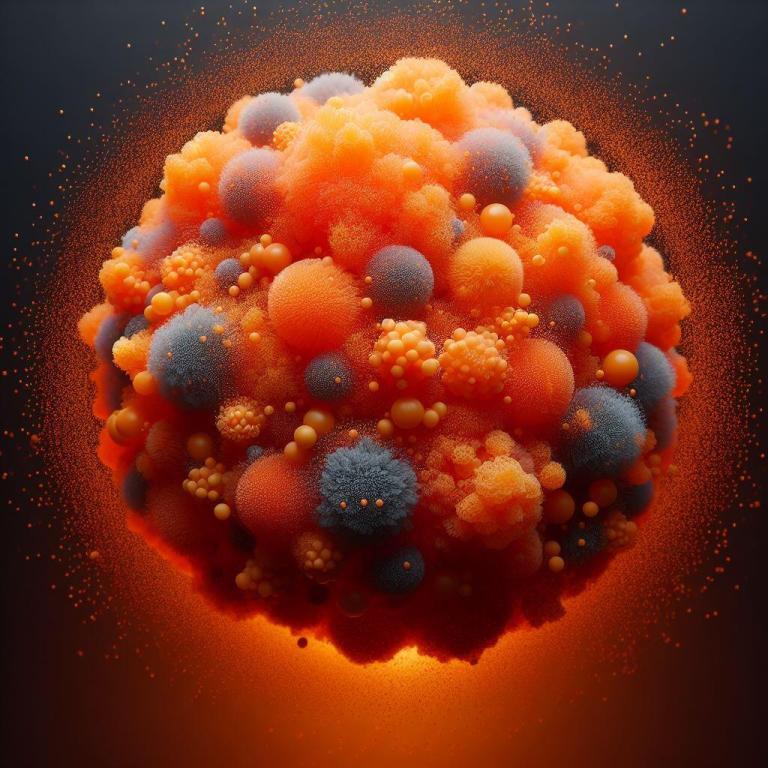
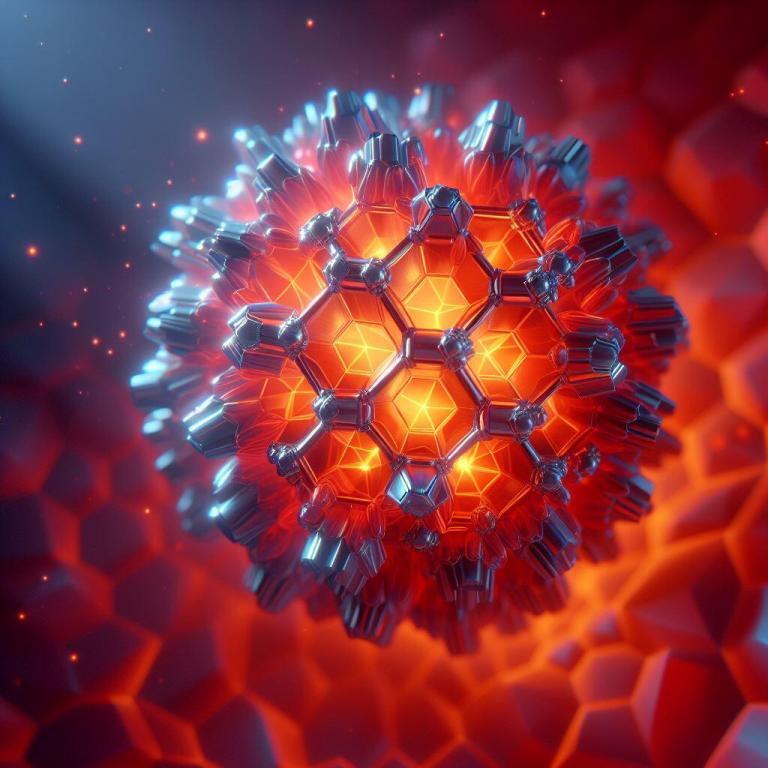
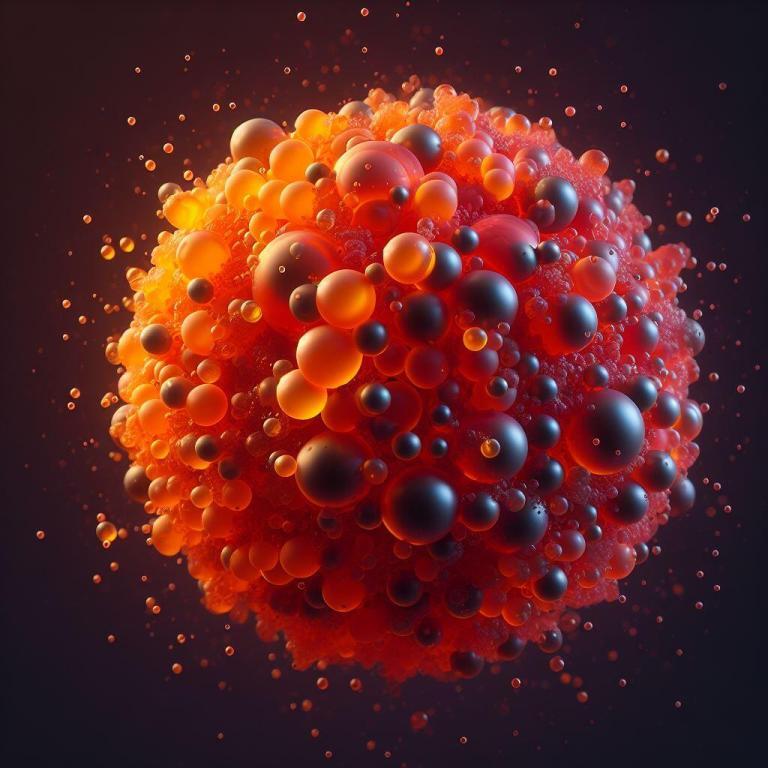
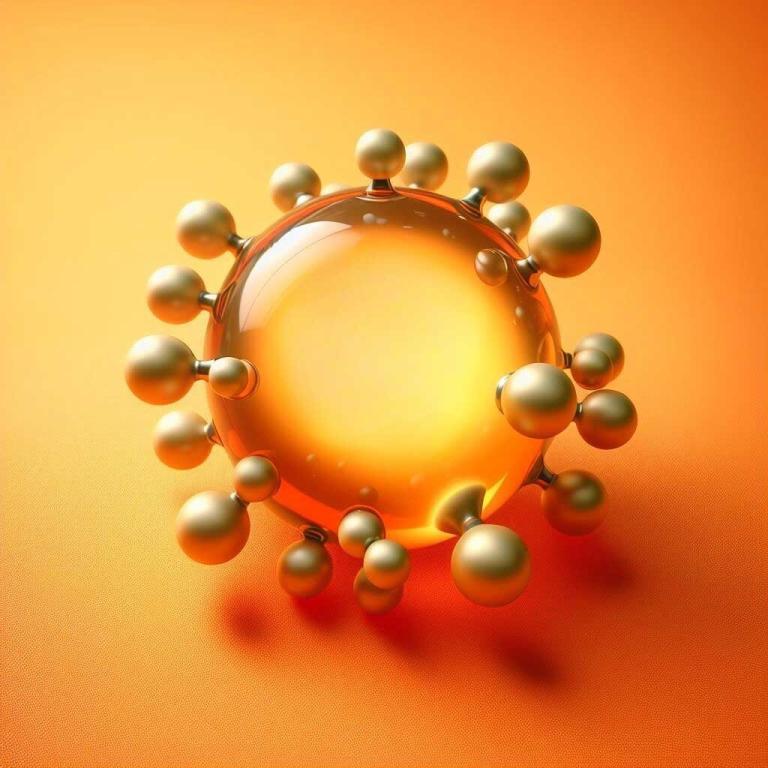
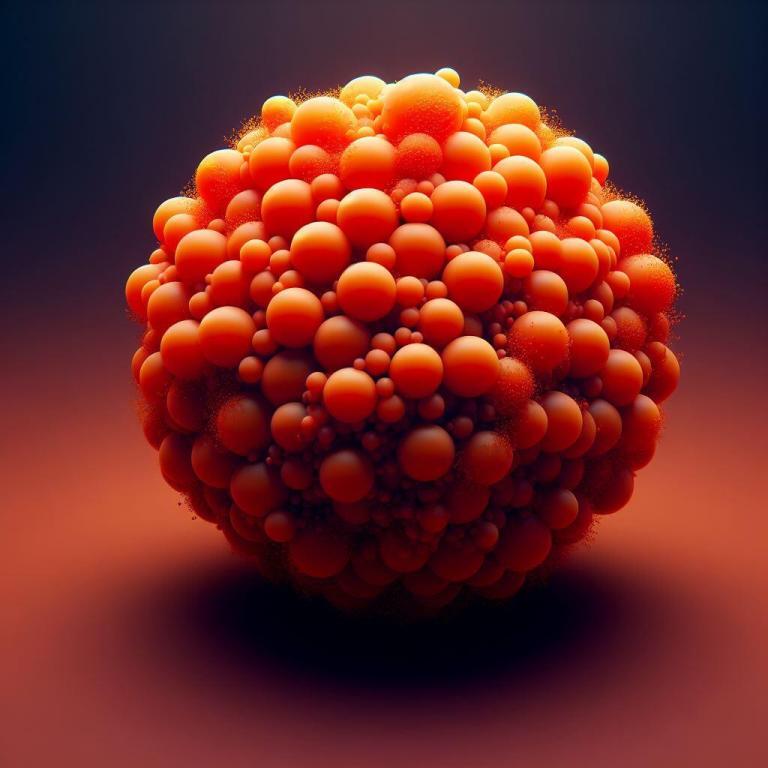
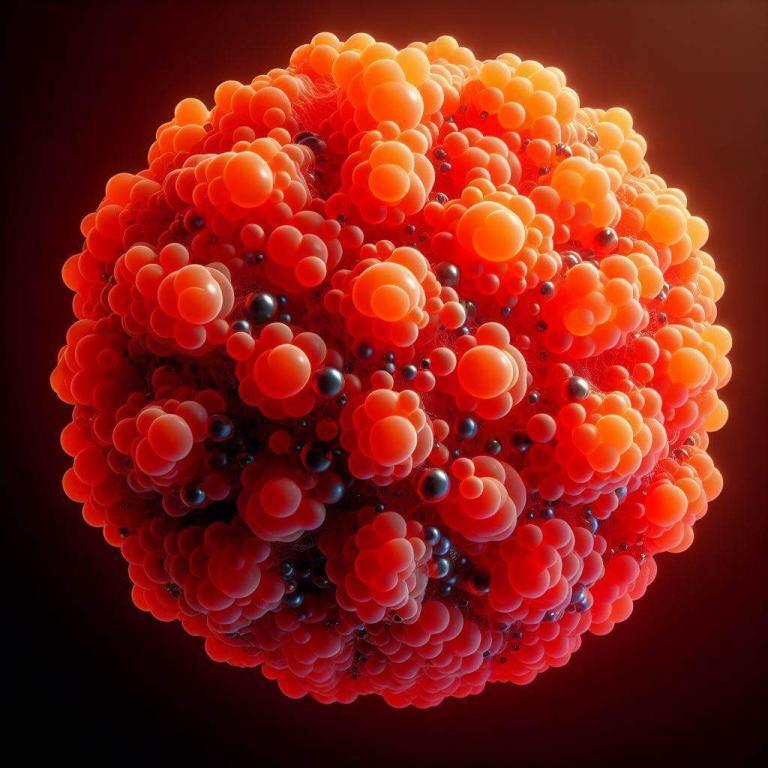
FAQs
Here are some frequently asked questions about Solid Lipid Nanoparticles
SLNs are submicron-sized carriers typically ranging from 50 to 1000 nm. They are composed of solid lipids that are solid at room and body temperatures. SLNs combine the advantages of lipid-based systems with those of polymeric nanoparticles, offering controlled release, protection of labile drugs from degradation, and improved drug bioavailability.
The manufacturing process of SLNs generally involves the following steps:
- Lipid component preparation: Selection and combination of lipids in specific ratios.
- Aqueous phase preparation: Preparation of the aqueous phase containing the active pharmaceutical ingredient (API).
- Mixing: High-shear mixing or high-pressure homogenization to combine the lipid and aqueous phases.
- Purification: Removal of excess surfactants and unencapsulated drugs.
- Concentration: Reduction of the solvent to achieve the desired concentration.
- Formulation: Addition of stabilizers and other excipients.
- Fill/finish: Final steps to prepare the product for distribution.
SLNs offer several advantages, including:
- Protection of the API: They protect sensitive drugs from chemical degradation.
- Controlled release: They can be engineered to release the drug in a controlled manner.
- Targeted delivery: They can be modified to target specific cells or tissues.
- Improved stability: They are more stable than liquid lipid-based systems.
Some challenges include:
- Particle size control: Ensuring consistent nanoparticle size distribution.
- Encapsulation efficiency: Maximizing the amount of drug encapsulated.
· Scale-up: Translating laboratory methods to industrial-scale production while maintaining product quality.
SLNs, like all pharmaceutical products, must comply with regulatory requirements, including those for Good Manufacturing Practice (GMP), safety, efficacy, and quality control. Regulatory filings must include detailed information on the manufacturing process, ingredients, and quality testing.
SLNs enhance drug delivery by:
- Increasing solubility: They can improve the solubility of poorly water-soluble drugs.
- Enhancing permeability: They can enhance the permeability of drugs across biological barriers.
- Reducing side effects: They can reduce the systemic side effects of drugs by targeted delivery.
SLNs should be stored at conditions that prevent the degradation of both the lipid matrix and the encapsulated drug. This typically involves protection from light, moisture, and extreme temperatures.
Characterization of SLNs involves determining their size, shape, surface charge, drug loading capacity, encapsulation efficiency, and release profile. Techniques such as dynamic light scattering (DLS), scanning electron microscopy (SEM), and differential scanning calorimetry (DSC) are commonly used.
